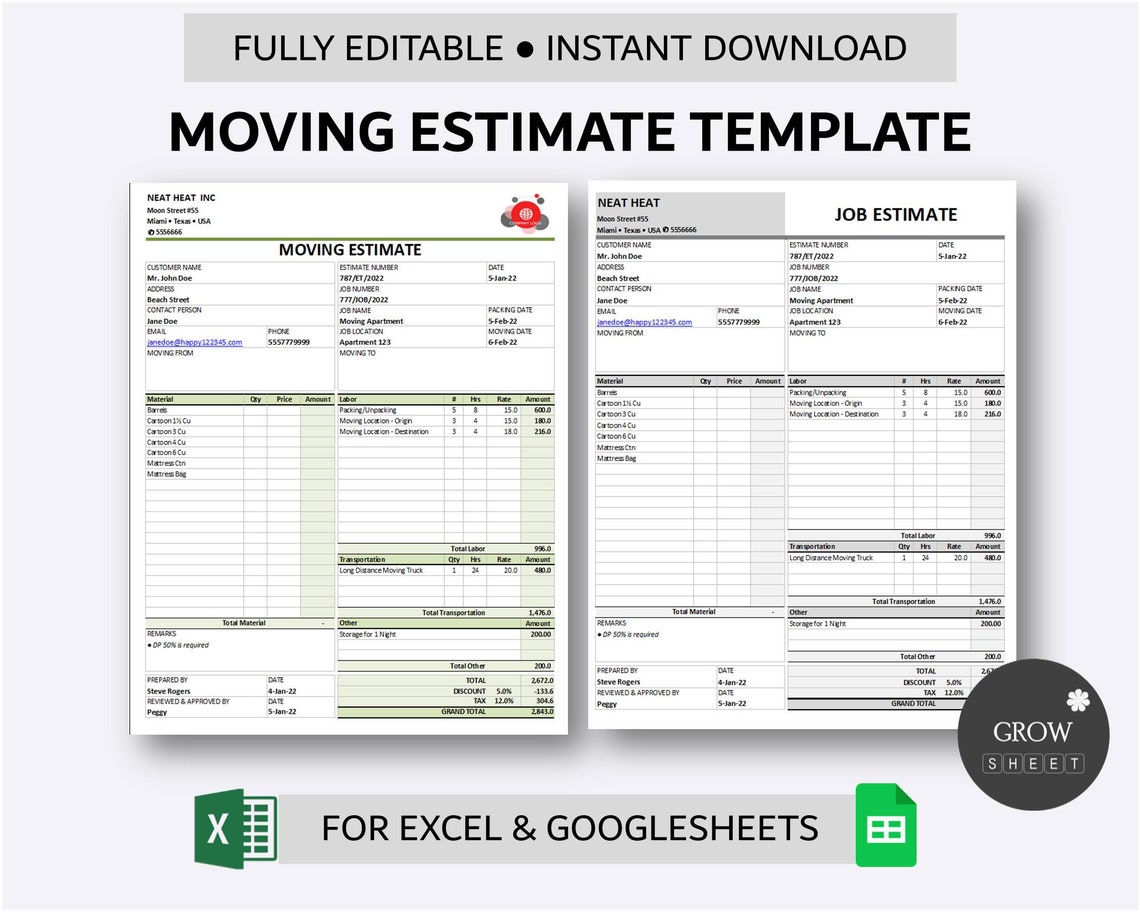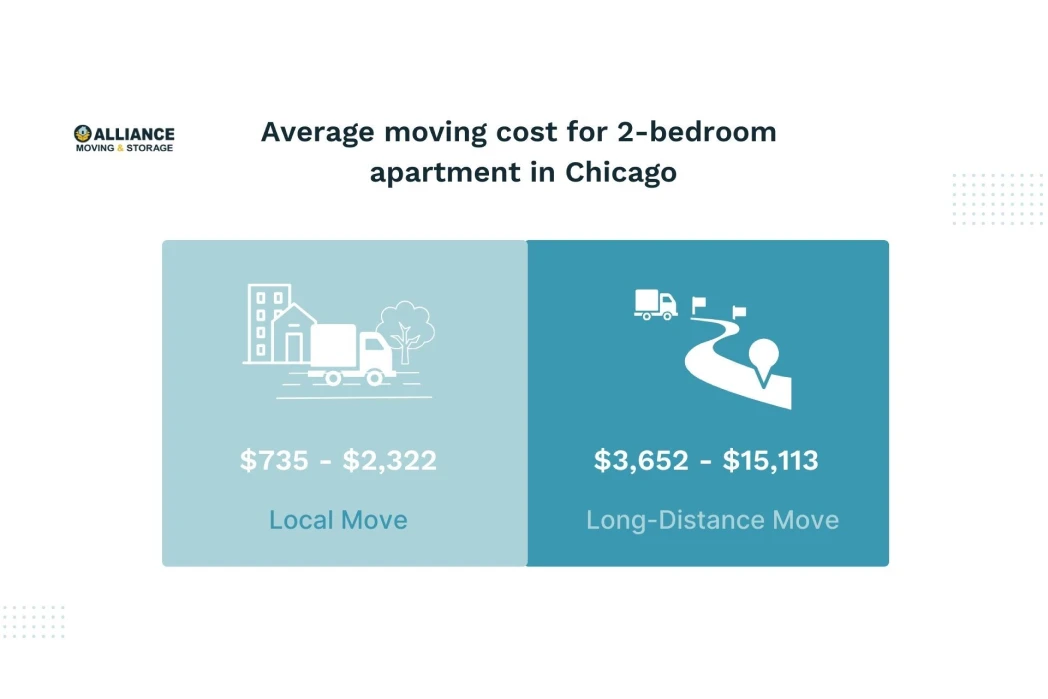Factors Affecting Moving Estimate for a 2-Bedroom Apartment

The cost of moving a 2-bedroom apartment can vary significantly depending on several factors. Understanding these factors can help you get a more accurate estimate and plan your budget accordingly.
Distance
The distance between your current location and your new home is a major factor in determining moving costs. A shorter distance typically means lower costs, while longer distances involve higher transportation expenses, fuel costs, and potentially additional days for the move. For example, moving within the same city will generally be less expensive than moving across states.
Accessibility
The accessibility of your current and new residences can also impact the cost of your move. Factors such as the presence of elevators, narrow hallways, or stairs can affect the ease of moving furniture and belongings. Moving into a building with limited accessibility, like a multi-story apartment with no elevator, can require additional manpower and specialized equipment, increasing the overall cost.
Special Items
The presence of special items, such as pianos, bulky furniture, or fragile belongings, can also influence the moving estimate. These items may require additional packing, handling, and transportation, which can add to the overall cost. For example, a piano may require specialized movers and equipment, resulting in a higher moving cost.
Moving Within the Same City vs. Across States, Moving estimate 2 bedroom apartment
Moving within the same city generally costs less than moving across states. This is primarily due to the shorter distance involved, which reduces transportation costs. However, moving across states often involves additional expenses such as tolls, permits, and potential overnight stays for the moving crew.
Moving across states may also require additional paperwork, such as a change of address and driver’s license update.
Types of Moving Services and Their Costs: Moving Estimate 2 Bedroom Apartment

Moving a 2-bedroom apartment can be a daunting task, but with the right moving services, it can be stress-free and efficient. The type of service you choose will depend on your budget, needs, and the amount of assistance you require.
Types of Moving Services
Moving companies offer a variety of services to cater to different needs. Understanding the different options and their associated costs can help you make an informed decision.
- Full-Service Moving: This is the most comprehensive option, where the moving company handles everything from packing to unpacking, loading, and unloading. They provide all the necessary materials, such as boxes, packing tape, and furniture pads.
- Self-Service Moving: This option allows you to pack and unpack your belongings yourself, while the moving company provides a truck and driver for transportation. You’ll need to rent moving equipment and supplies, such as dollies, hand trucks, and packing boxes.
- Labor-Only Moving: This service provides movers to load and unload your belongings, but you’ll need to pack and unpack them yourself. You’ll also need to rent a moving truck or van.
Cost Comparison of Moving Services
The cost of moving services varies widely depending on several factors, including distance, time of year, and the size of your move. Here’s a breakdown of the average cost range for each service type:
| Service Type | Average Cost Range |
|---|---|
| Full-Service Moving | $2,000 – $6,000+ |
| Self-Service Moving | $500 – $2,000 |
| Labor-Only Moving | $300 – $1,500 |
Pros and Cons of Different Moving Services
Choosing the right moving service involves weighing the pros and cons of each option. Here’s a table comparing the key advantages and disadvantages of each service type:
| Service Type | Pros | Cons |
|---|---|---|
| Full-Service Moving |
|
|
| Self-Service Moving |
|
|
| Labor-Only Moving |
|
|
